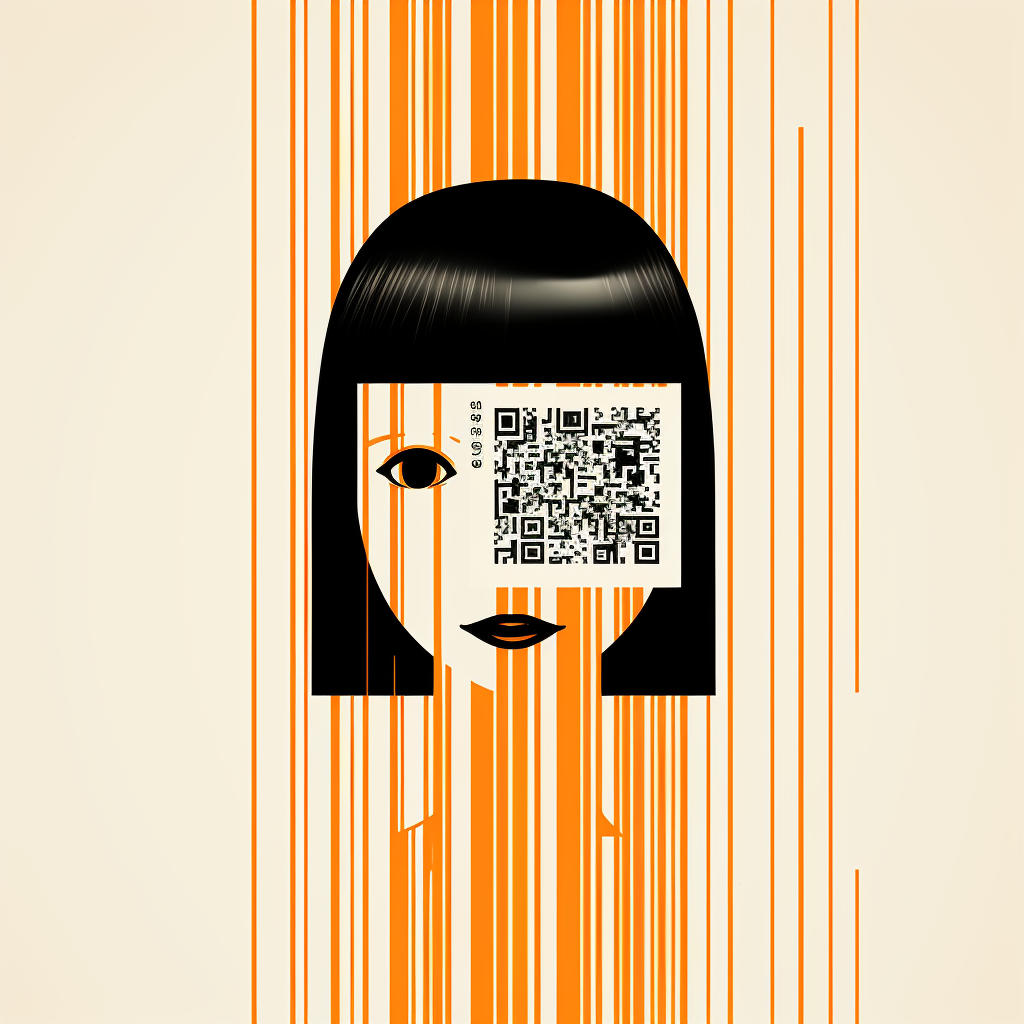
In the shifting world of digital finance, regulatory oversight plays a crucial role in keeping online transactions secure. A central pillar of this framework, under the Revised Payment Services Directive (PSD2), is the concept of Strong Customer Authentication (SCA). But what is Strong Customer Authentication actually? This innovative method enhances online transaction security, promotes user confidence, and fosters trust within the digital banking landscape. But what exactly is Strong Customer Authentication, and why does it matter?
The Power of Two: Unpacking Two-Factor Authentication #
The two-factor authentication system is at the heart of the SCA RTS, emerging as a powerful tool that elevates the security of online transactions. Unlike conventional methods, two-factor authentication doesn’t rely on a single credential; instead, it leverages a combination of at least two independent elements, thus creating a much more robust security shield.
These elements are smartly distributed into three categories: knowledge, possession, and inherence. The ‘knowledge’ category encompasses something that only the user knows, such as a password or a PIN. ‘Possession’ refers to something the user uniquely has, like a physical token or a smartphone. Lastly, ‘inherence’ considers biometric aspects, including fingerprints, voice recognition, or facial patterns, which are inherently unique to each individual.
Dynamic Linking: Connecting Authentication to Specific Transactions #
Dynamic linking plays an essential role in the SCA RTS, providing an extra layer of security to online transactions. This feature requires the generation of a unique authentication code for every transaction, a procedure which helps to fend off fraudulent activities by ensuring that each authentication data is transaction-specific and can’t be reused.
But dynamic linking isn’t just about transaction-specific authentication codes. It’s also about providing the customer with clear, explicit information about the transaction they are authorising. Before initiating a transaction, the user must be made aware of and consent to the specific parameters of the transaction, like the amount and the payee. This is an essential aspect of dynamic linking, aiming to prevent any miscommunication or misunderstanding that could potentially lead to unintended transactions.
The Art of Risk Analysis: Balancing Security with User Convenience #
One of the truly insightful elements of the SCA RTS is the introduction of Transaction Risk Analysis (TRA). This aspect of the RTS appreciates the fact that not all transactions pose an equal risk of fraud. As such, it permits some degree of flexibility in the application of the stringent SCA requirements.
TRA allows payment service providers to perform an in-depth risk analysis for each transaction. Depending on the outcome of this assessment, the provider may determine that certain transactions pose a minimal risk of fraud. In such cases, they’re permitted to exempt these transactions from the SCA requirements. This might be applicable for instances where a customer regularly pays a familiar payee, or the transaction amount is relatively small.
Prioritising Secure Communication: Encryption and Data Protection #
SCA RTS further emphasises the crucial role of secure communication channels. Whether it’s between the customer, the payment service provider, or third-party providers, robust encryption measures are necessary to maintain data integrity and confidentiality. The inclusion of this requirement underlines the priority given to user data security in the digital banking realm.
Exemptions: Understanding When SCA is Not Required #
Despite the robust security measures, the SCA RTS does provide specific exemptions. These exceptions apply to low-value transactions, recurring payments, contactless payments, or transactions with trusted beneficiaries, where the need for SCA may be deemed unnecessary or impractical. These carefully planned exemptions ensure that SCA requirements do not disrupt or complicate customer experience unnecessarily.
The introduction of Strong Customer Authentication is undoubtedly a monumental step in promoting secure online banking. Balancing robust security measures with user experience, it paves the way for a future where customers can transact online with confidence. By complying with SCA RTS, payment service providers adhere to PSD2 requirements, thus safeguarding the interests of their customers while ensuring a seamless user experience. Wish to learn how Baseella ensures compliancce with the SCA? Reach out to us and discover what is the best approach to the implementation of the SCA within your PayTech and how we can assist you with.


